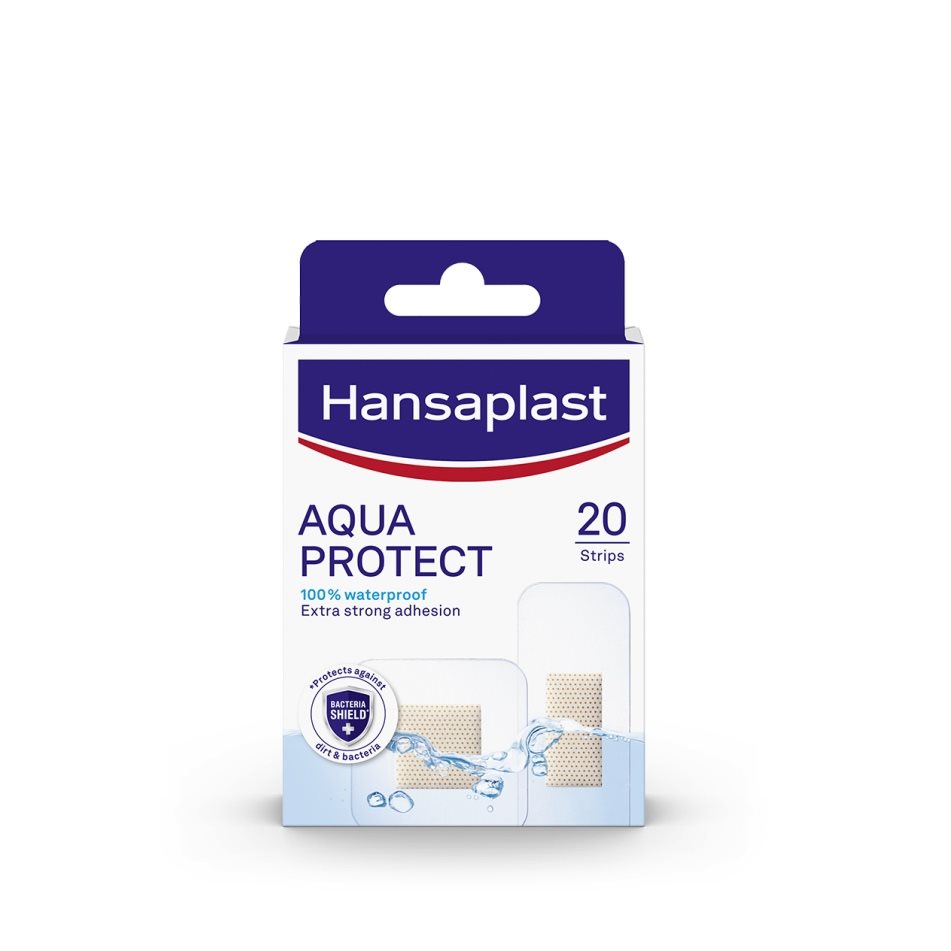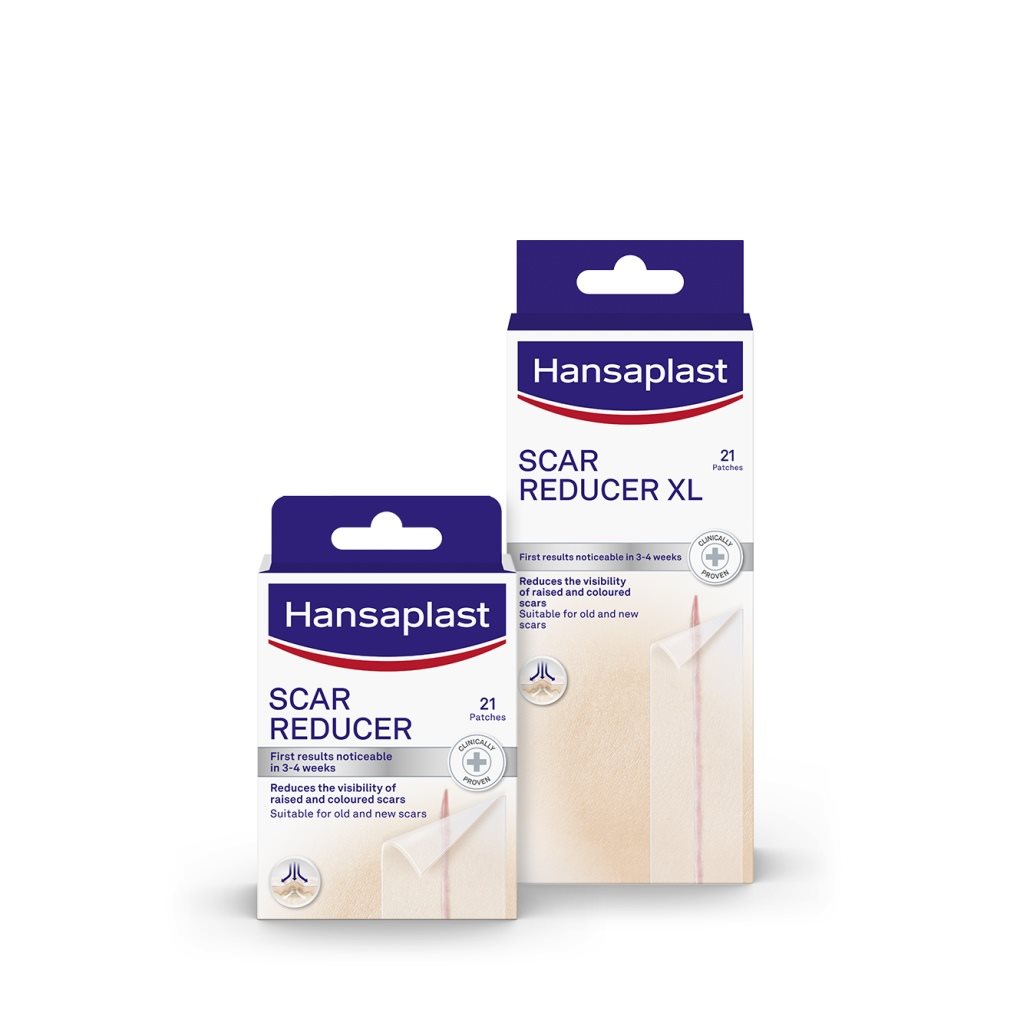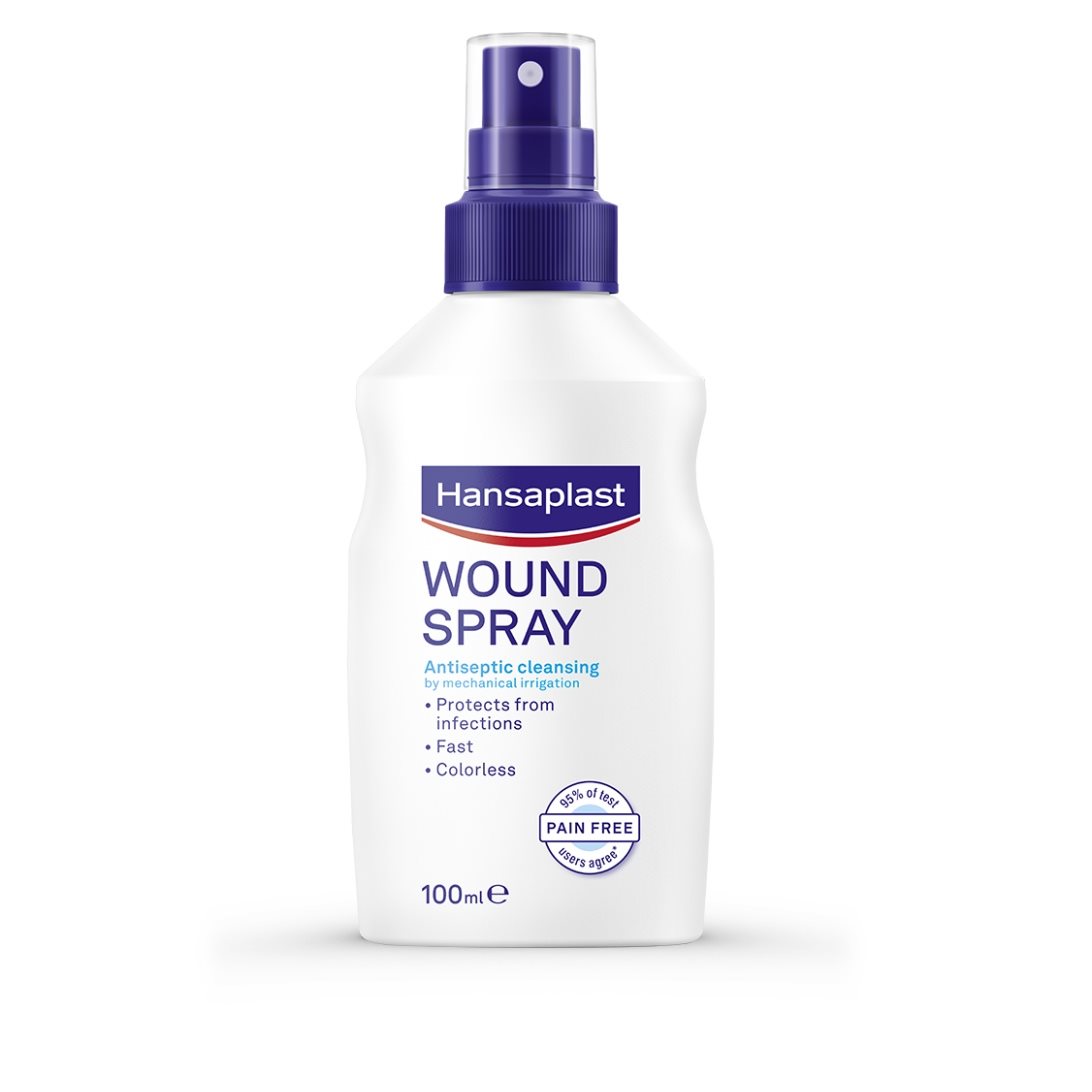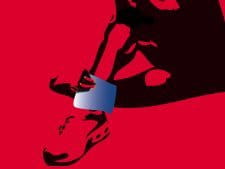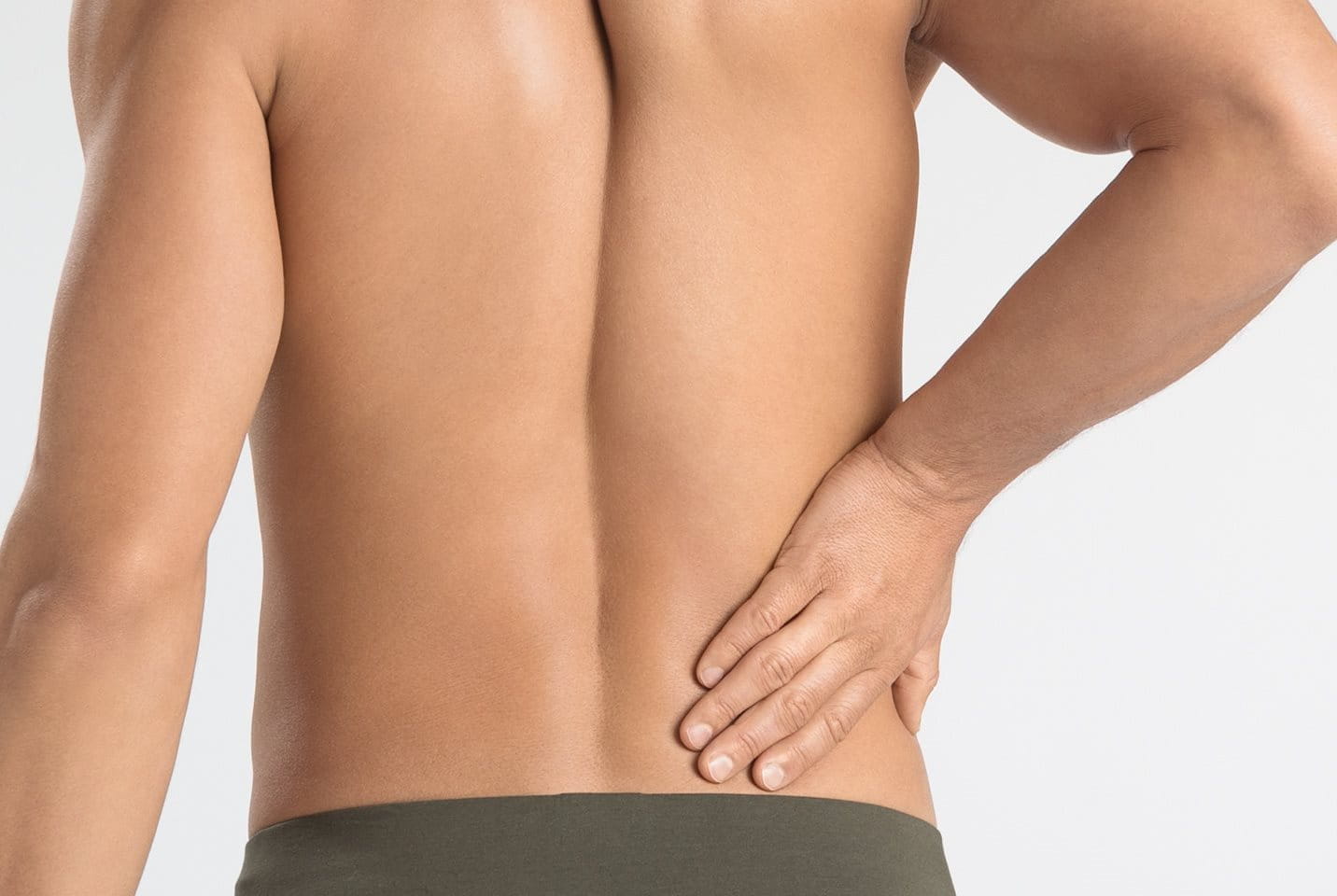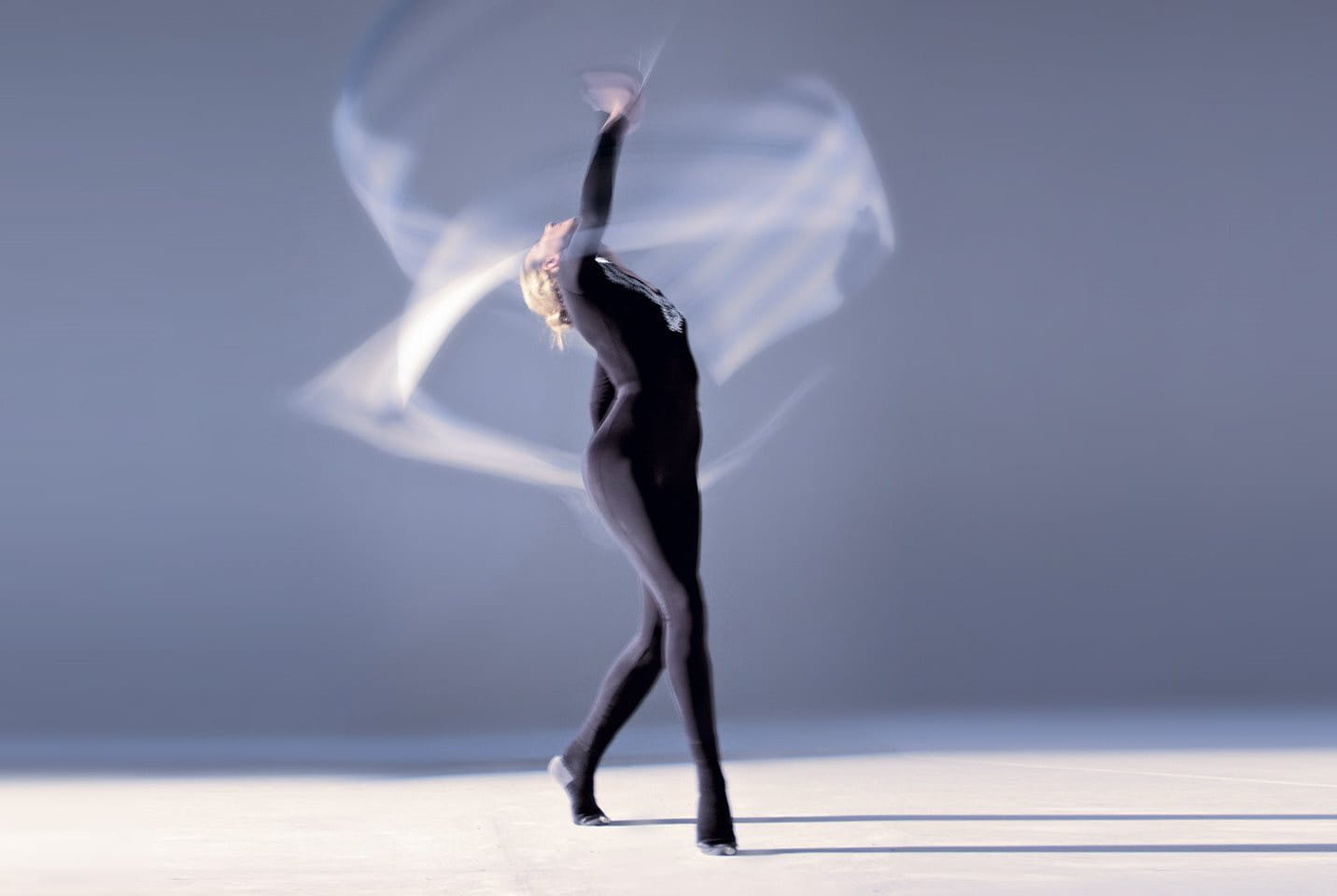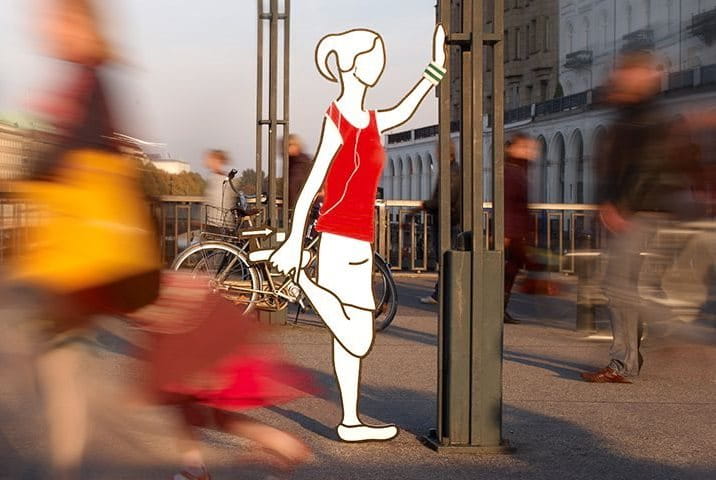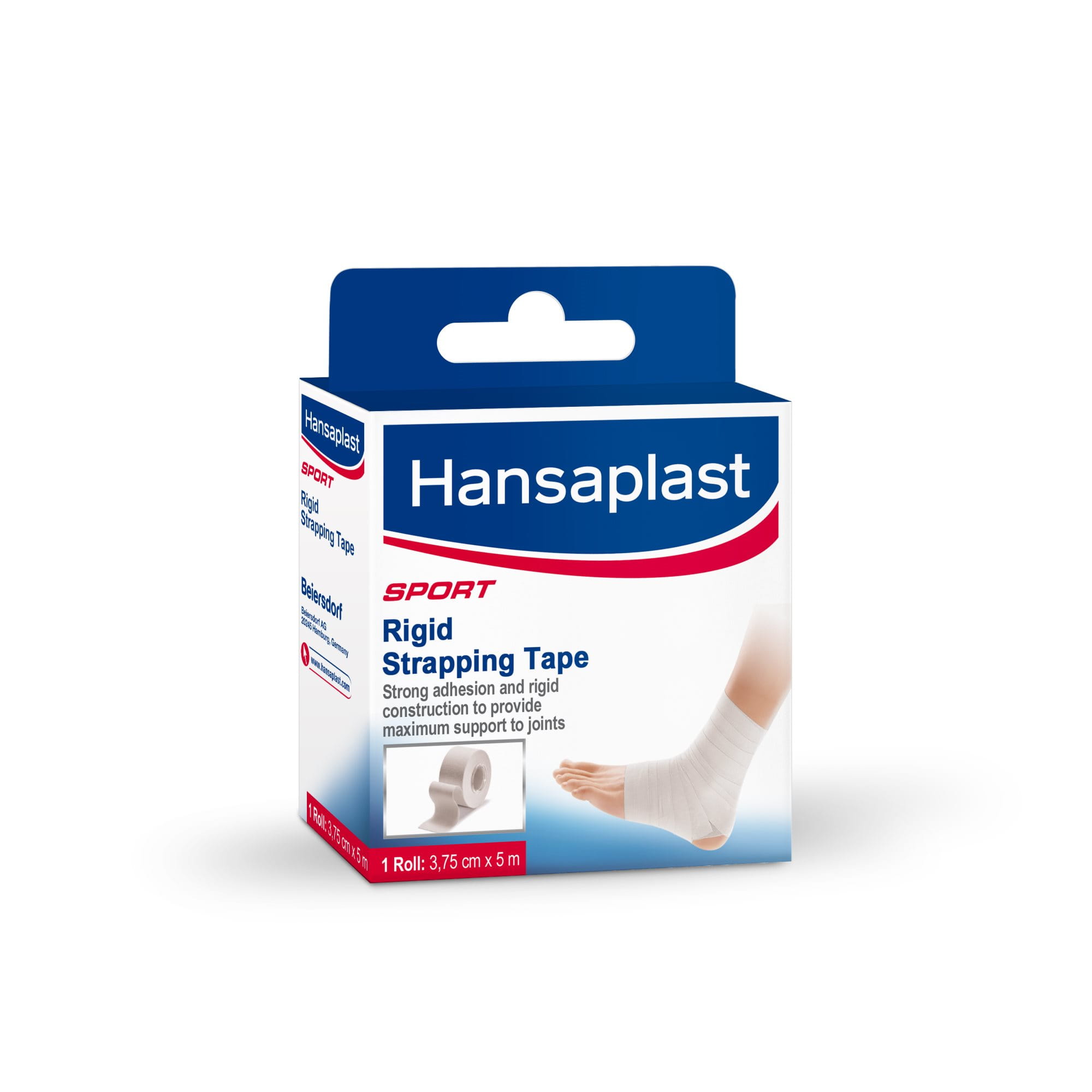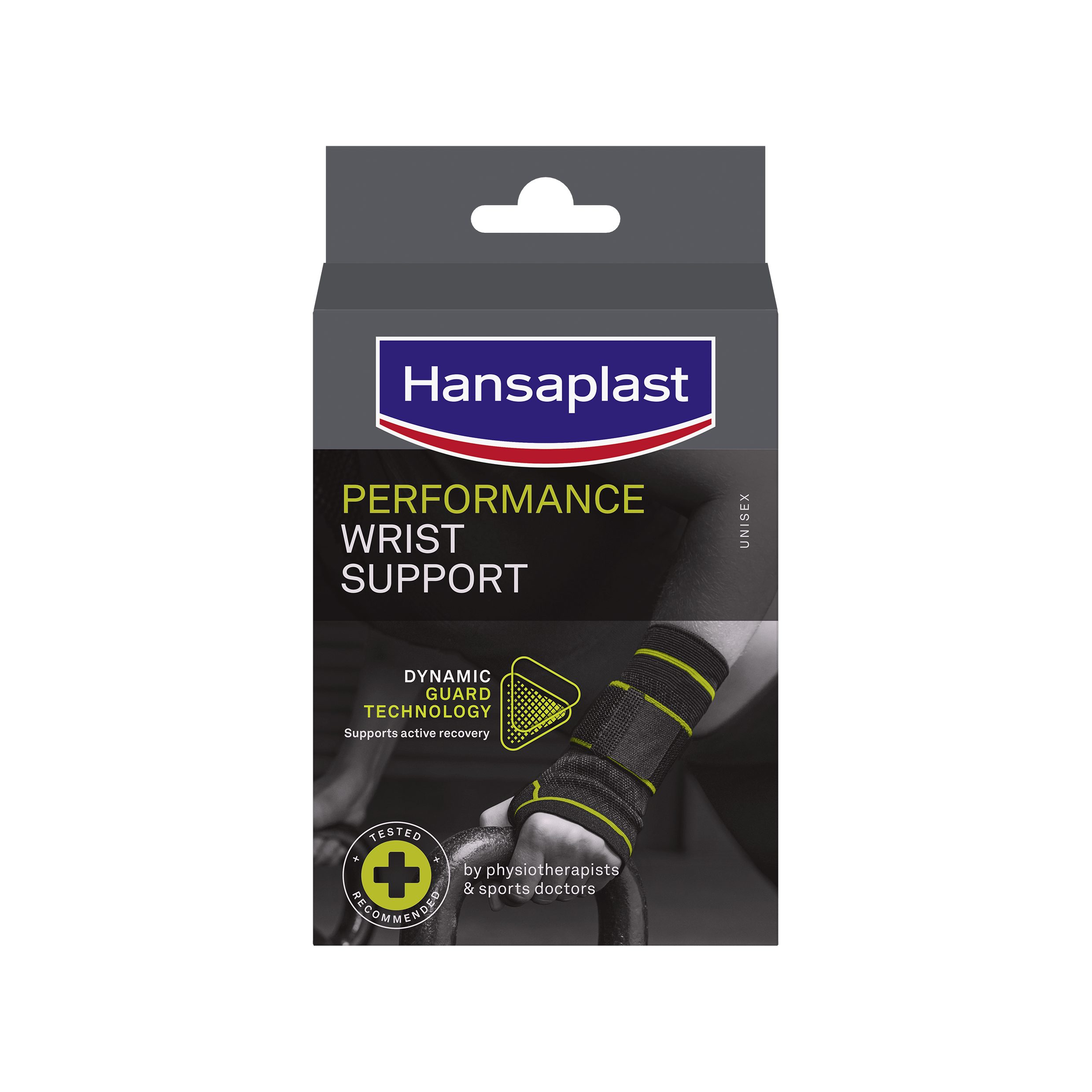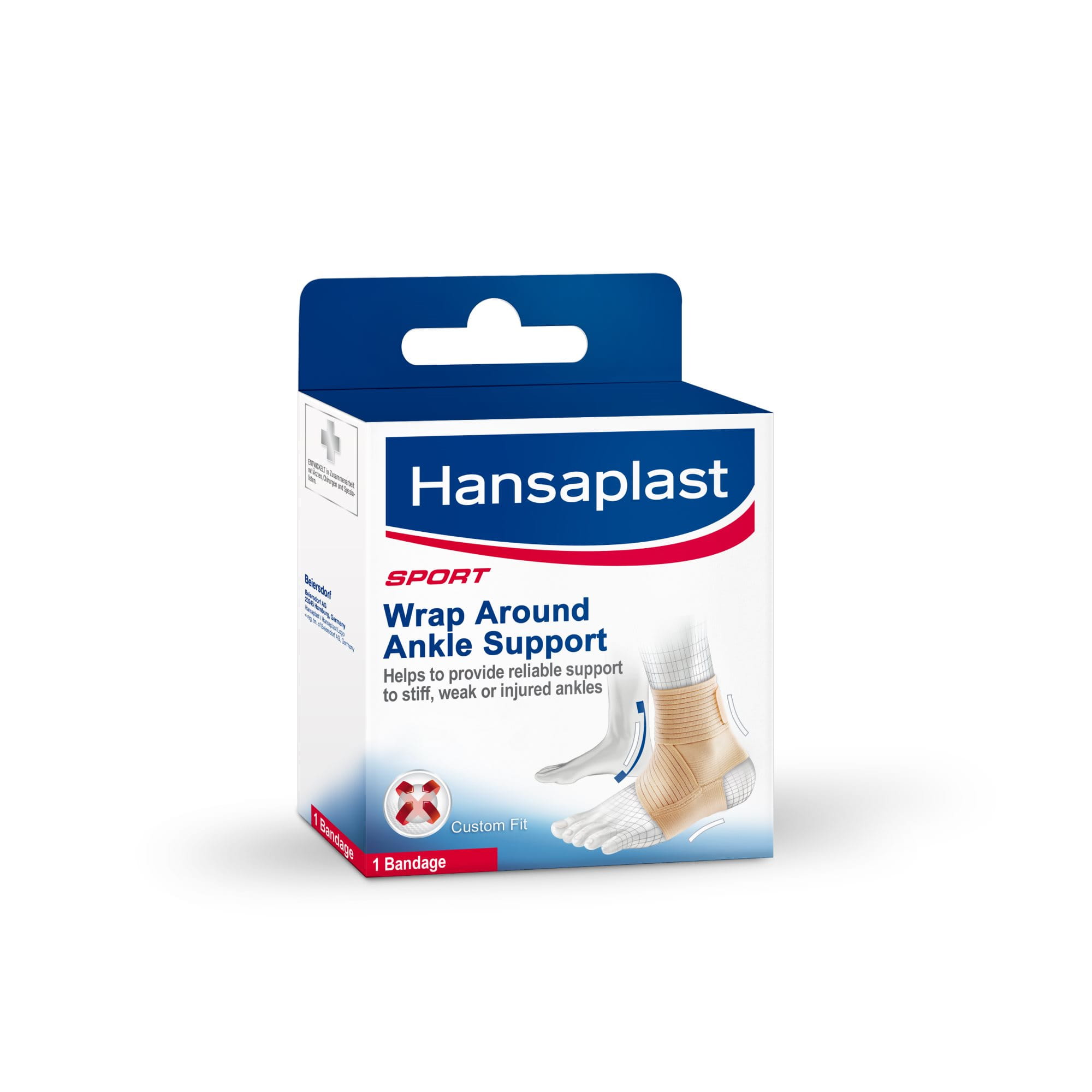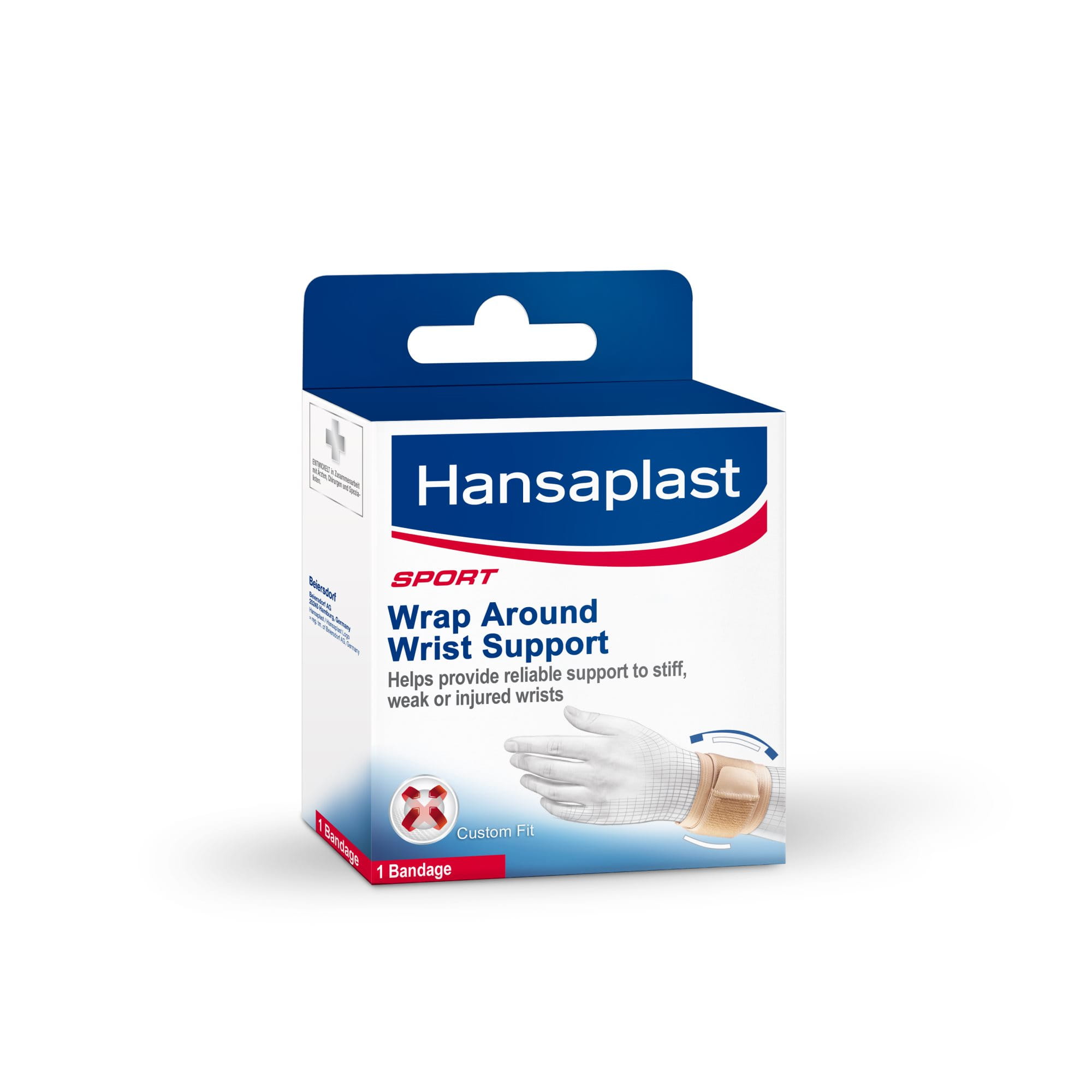Why Taping?
Tapes and bandages can
- Stabilise after acute injury and give protection and support in the healing phase
- Help with chronic pain (such as often the case in joints like the ankle)
- Enhance healing by compressing tissue
Athlete’s companion: Bandages stabilise and support joints
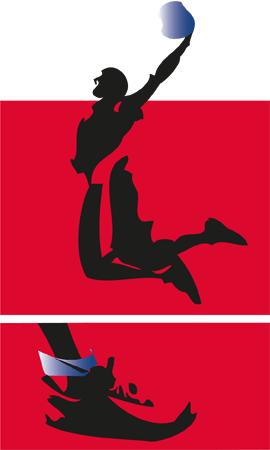
A variety of sports use taping to prevent injury. Especially in sports most commonly associated with ankle sprains, such as basketball, football, volleyball or soccer, adhesive tape is often used to help athletes recover from ligament sprains of the ankle or to help prevent further injury.
Strapping with adhesive tape is important for the prevention of joint injuries, especially the ankle and hand. Taping is also essential during early management of injury and rehabilitation, because recurrence of injury when an athlete recommences training is less likely with supportive taping.
Protect your hands and fingers
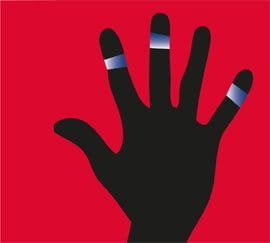
Taping Q & A
Some Extra Tips
Expert Tip
How can sports injuries be prevented?

“Muscles should be warmed up and stretched before each unit of exercise. If it is known that certain parts of the body will be under particular strain, tapes or bandages can be used for additional support. It is also important to exercise regularly and to increase training gradually. Gently explore your limits, and then increase loads slowly.”
In case of acute injury, adequate cooling should be applied to the affected parts immediately. Cooling reliably alleviate pain and help reduce swelling by providing targeted cooling.
Please note that none of the above given tips or recommendations substitute medical advice. Important: consult a health professional in case of an injury or if you suspect overuse of joints or a medical condition such as a fracture. A physician should be consulted in those acute cases when the condition is accompanied by reddening, swelling or hyperthermia of joints, ongoing joint trouble or severe pain and/or are associated with neurological symptoms (e.g. numbness, tingling, loss of motion).
For further information regarding Hansaplast products, please contact us via email on phc@beiersdorf.com. Carefully read the instructions for use given in our products‘ packages.
